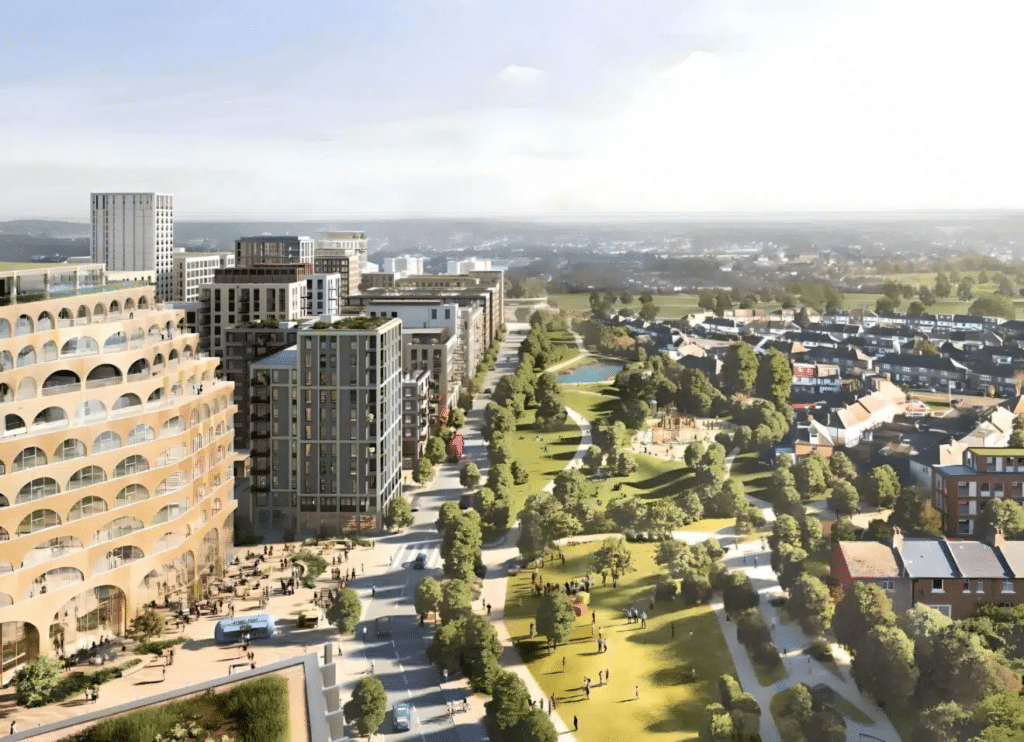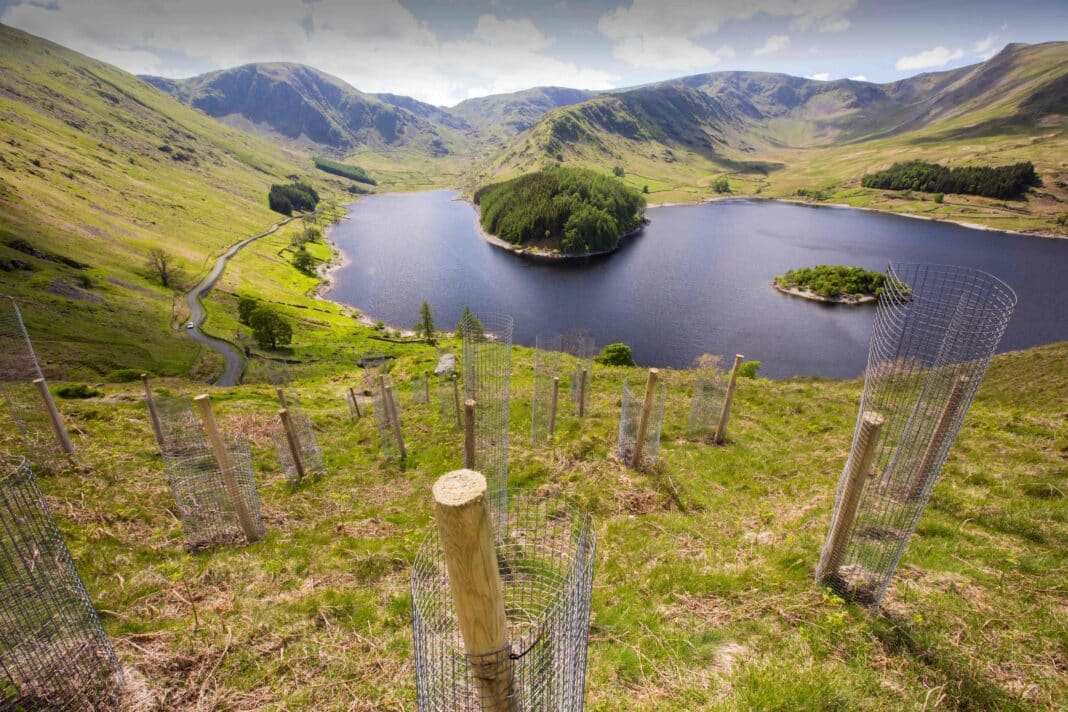Scotland is running out of time to meet climate commitments, with advisors “seriously concerned” about a 41% cut to tree planting initiatives – with millions of trees growing in nurseries now being destroyed.
That is according to the BBC, which reported overnight that the Scottish Woodland Creation Budget was slashed from £77.2m to £45.4m in December, with ministers conceding cuts will jeopardise the Scottish Government’s target of 18,000 hectares of new woodland for 2024.
Stuart Goodall, CEO of Confor, said that the cuts – believed to be a result of a budget slash by Westminister – will take years to recover.
Writing to the UK Climate Change Committee (or CCC), Mr Goodall, from the Confederation of Forest Industries, is seeking advice on the decision.
The CCC provides independent expert advice to the Scottish and UK governments on their plans to tackle global warming. In response, Chris Stark, the CEO of the CCC, said, “Any delay in tree planting would risk not achieving the reductions in greenhouse gas emissions which are required to meet targets in the 2030s and beyond.”
Before adding that the budget cuts “represent a continued gap in Scotland meeting its tree planting ambition,” the CCC now has “serious concerns” about the plans.
He added: “It is vital that Scotland’s government listens to the CCC and works with Confor and the Woodland Trust in the coming weeks to find a funding solution.”
New tree planting is crucial in tackling greenhouse gas emissions because it soaks up planet-warming gas carbon dioxide. But there’s a time lag between planting trees and that natural process kicking in.
The CCC had previously advised that Scotland needs to plant 15,000 hectares of new woodlands each year starting in 2025 – with previous targets consistently missed with planting rates – for example, in 2022/23, just 8,200 hectares of forests were established.
Ministers nonetheless say that the budget for next financial year will allow for only 9,000 hectares of new woodlands, which they point out is still larger than that of the rest of the UK combined.
The Opposition has condemned the cuts by the governing Scottish National Party (or SNP), with the Liberal Democrat MSP Willie Rennie submitting a motion urging a rethink – with the support of both Labour and Conservative MSPs.
“The Scottish government’s cuts to woodland creation are another ill-considered decision that will have negative effects further down the road,” Mr Rennie added that “expanding forestry can be a win-win, trapping carbon and restoring habitats for native wildlife.”
According to the Scottish Rural Affairs Secretary Mairi Gougeon, “To grow our woodland resource and tackle climate change takes funding, yet the UK government has reduced the capital spending to Scotland by 10%; and this has had serious knock-on effects for woodland creation.”
“I would welcome the committee’s support in seeking further funding from the UK government to get more trees in the ground and tackle climate change and nature loss.”
The planting cuts after Wood Central reported last year that Australia, New Zealand and the UK struggled to meet planting targets, which Mr Goodall called “a failed generational of policymaking (which has) led to a decline in wood production.”
In July, Wood Central revealed that the UK Department for Environment, Food and Rural Affairs (Defra) published “ambitious” nature targets, a requirement under the Environment Act, including planting 30,000 hectares of woodland by March 2025 (which is now in serious jeopardy).

Late last year, the UK revealed plans to scale up timber used in construction, which the Government acknowledges “is (one of) the best way to reduce emissions in buildings” and meet Net Zero targets, forged partly in response to an environmental audit committee (EAC), which strongly supported a united strategy to address climate change.
At the time, Philip Dunne, chair of the committee, said, “As we look to meet our net zero and nature goals, pressures on woodland will grow.”
“The construction industry is increasingly looking to move from steel and concrete to lower carbon alternatives, and timber is well placed to step in.”
“Increasing productive forestry is welcome, though the Government must ensure that this isn’t at the expense of biodiversity.”






